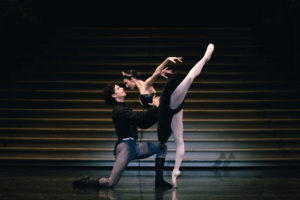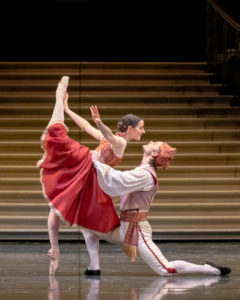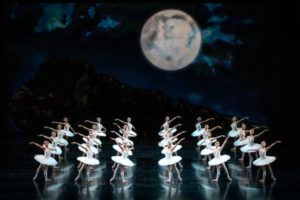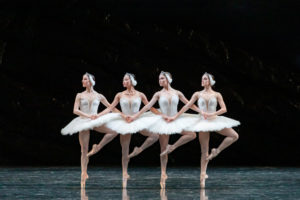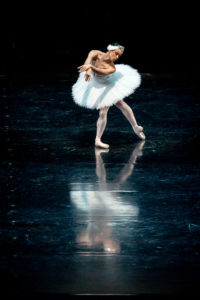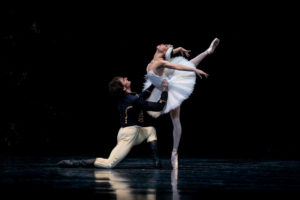May 16, San Francisco Symphony presented a concert that showed delight in the new and even in the older new music. Each excursion into a different world of sound let the audience enter surprising terrain. The program itself was innovative as its mixture of instruments and completely different ways of composing allowed all of us to realize there are countless approaches to music.
Conductor Ryan Bancroft led the SFS through centuries of music with care and enthusiasm for his program and fellow artists. He grew up in Los Angeles and gained international attention when he won the first prize and audience prize at the Malko Competition in Copenhagen, 2018.
Unsuk Chin wrote Alaraph ‘Ritus des Herzschlags’ (Alaraph: Rite of the Heartbeat) in 2022. She was fascinated to learn about “heartbeat stars.” They have regular pulsations. Alaraph is a “heartbeat star” “in a binary star systems in eccentric orbits with vibrations caused by tidal forces.” The composer has said that she “cannot and I do not need to describe my music..You have to listen to it and everybody has to understand it in their own way.” Despite that desire, it is a big help to have a couple of her hints. Curiously, the “star’s light curve is similar to what a heartbeat looks like through an electrocardiogram when its brightness is mapped over time.” The heartbeat stars therefore have both the pulsating force and their light curve to match the heartbeat concept. While there are traditional orchestral instruments – flutes, oboes, clarinets, bassoons, contrabassoons, horns, trumpets, trombones, tuba, contrabass tuba, and timpani, the percussion list is long. In fact, the list of the instruments is nearly two inches tall. Some of these are familiar: the cowbell, the tam tam, piano strings, for example. There are a lot of drums: wood drum, bongos, snare drum, tom toms, tenor drum, bass drum, but there are also stranger percussion resources, like bamboo tree and binzasara. This was not meant to be something one would hum on the way to the garage. It is sound for the stars, planets, and space. Ms Chin also notes that traditional Korean music is knit into this universe. Having heard Korean music for traditional dance, it is a powerful presence. I was told that one must be careful when such things are playing as the sounds bring out spirits which could rock the chair one had assumed was not going to move or jump, and it might.
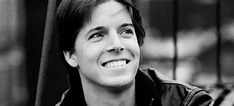 As the program had opened with a composition of 2022, the next performance was Violin Concerto No. 5 in A minor, Opus 37, by Henri Vieuxtemps, written in 1861. Vieuxtemps was Belgian and performed his first concert at age six. Throughout his life he was celebrated by the elite of violinists and music critics. This Concerto shows why. In addition to his extraordinary greatness as a violinist, he was also a remarkable composer. Fortunately for the San Francisco audience, Joshua Bell was the soloist. The performance was astounding. One could not compare this performance with any other; it was only played by the SFS once before, in 1932. The virtuosity required by the soloist is not easy to describe; everything about the piece was designed to keep the mind and fingers moving more and more quickly with more and more brilliance. Berlioz reviewed Vieuxtemps’ Concerto No. 5 in A minor and found it “grand and new;” the “whole is admirably combined to let the solo instrument shine, without its domination ever becoming oppressive.” There was nothing oppressive about it. Seeing and hearing Bell with the SFS lifted us up. Being a witness to the best can do that and also can expand one’s life in the best way.
As the program had opened with a composition of 2022, the next performance was Violin Concerto No. 5 in A minor, Opus 37, by Henri Vieuxtemps, written in 1861. Vieuxtemps was Belgian and performed his first concert at age six. Throughout his life he was celebrated by the elite of violinists and music critics. This Concerto shows why. In addition to his extraordinary greatness as a violinist, he was also a remarkable composer. Fortunately for the San Francisco audience, Joshua Bell was the soloist. The performance was astounding. One could not compare this performance with any other; it was only played by the SFS once before, in 1932. The virtuosity required by the soloist is not easy to describe; everything about the piece was designed to keep the mind and fingers moving more and more quickly with more and more brilliance. Berlioz reviewed Vieuxtemps’ Concerto No. 5 in A minor and found it “grand and new;” the “whole is admirably combined to let the solo instrument shine, without its domination ever becoming oppressive.” There was nothing oppressive about it. Seeing and hearing Bell with the SFS lifted us up. Being a witness to the best can do that and also can expand one’s life in the best way.
Thanks go to Joshua Bell for the third selection. He had commissioned a group of new works called the Elements project. “They all have something in common, said Bell: “They all have a tendency toward tonality and melody, which I like.” He wanted to commission “something about the natural world.” On this program, the element was Earth, a ten minute performance with Joshua Bell’s solo violin and flutes, oboes, clarinets, bassoons, horns, trumpets, trombones, tuba, timpani, percussion, harp, and strings. The composer, Kevin Puts, wrote Earth in 2023. The music had a natural sound though did not imitate the sounds of nature. It was calming and steady. This was Earth without volcanoes or tsunami or hurricanes. This earth endures. While experiencing the music, I thought about our earth. Toward the closing minute, I felt closer to earth but, suddenly, also afraid for Earth.
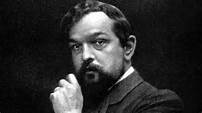 Claude Debussy composed La Mer from 1903-1905. It sounded like new music, musical, imagistic, gorgeous, and also understated music. The wonderful writer, Michael Steinberg, called La Mer “this not-quite-symphony.” There are three movements or one might call them pictures: De l’Aube a midi sur la mer (From Dawn Till Noon on the Sea); Jeux de vagues (Play of the Waves); Dialogue du vent et de la mer (Dialogue of the Wind and the Sea). Actually, calling them pictures cannot work. While the visual world of the sea comes forward, the rhythm and movement which Debussy creates feels like the real movement of the sea and the wind. Debussy contributed so much to music; a listener now hears his music as a natural phenomenon. It is entirely his own originality like an element of nature that has lasted and always will. It is different from any other work. Michael Steinberg mentions “the swell and retreat” of the cellos’ theme “echoed” quietly in the timpani and horns. All of us breathe in swell and retreat. Being near the sea, one’s breath synchronizes with the waves and then yearns to be in the water to float on the surface which will lift one and let one down while moving forward. La Mer does present tempestuous conditions, but Debussy loves all of the sea’s movement and rhythm. This is new music.
Claude Debussy composed La Mer from 1903-1905. It sounded like new music, musical, imagistic, gorgeous, and also understated music. The wonderful writer, Michael Steinberg, called La Mer “this not-quite-symphony.” There are three movements or one might call them pictures: De l’Aube a midi sur la mer (From Dawn Till Noon on the Sea); Jeux de vagues (Play of the Waves); Dialogue du vent et de la mer (Dialogue of the Wind and the Sea). Actually, calling them pictures cannot work. While the visual world of the sea comes forward, the rhythm and movement which Debussy creates feels like the real movement of the sea and the wind. Debussy contributed so much to music; a listener now hears his music as a natural phenomenon. It is entirely his own originality like an element of nature that has lasted and always will. It is different from any other work. Michael Steinberg mentions “the swell and retreat” of the cellos’ theme “echoed” quietly in the timpani and horns. All of us breathe in swell and retreat. Being near the sea, one’s breath synchronizes with the waves and then yearns to be in the water to float on the surface which will lift one and let one down while moving forward. La Mer does present tempestuous conditions, but Debussy loves all of the sea’s movement and rhythm. This is new music.
#Quotations from artists are quoted from SF Symphony program.
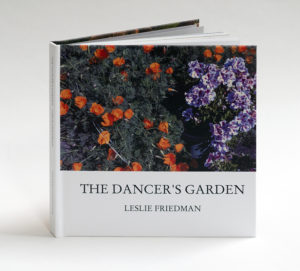
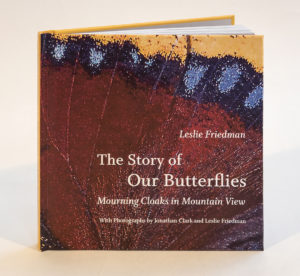
 Gemma New, Principal Conductor of the New Zealand
Gemma New, Principal Conductor of the New Zealand 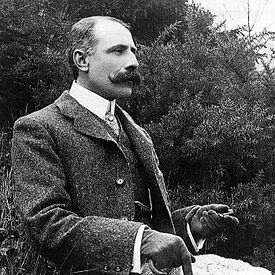
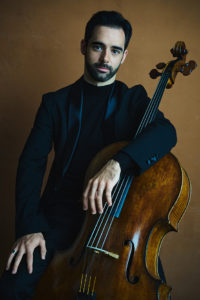 Pablo Ferrandez, ‘cellist
Pablo Ferrandez, ‘cellist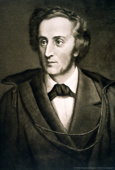
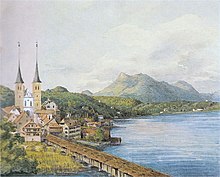 Felix Mendelssohn, 1809-1847, composer and accomplished painter, linguist, poet. This is a watercolor of Lucerne by
Felix Mendelssohn, 1809-1847, composer and accomplished painter, linguist, poet. This is a watercolor of Lucerne by 